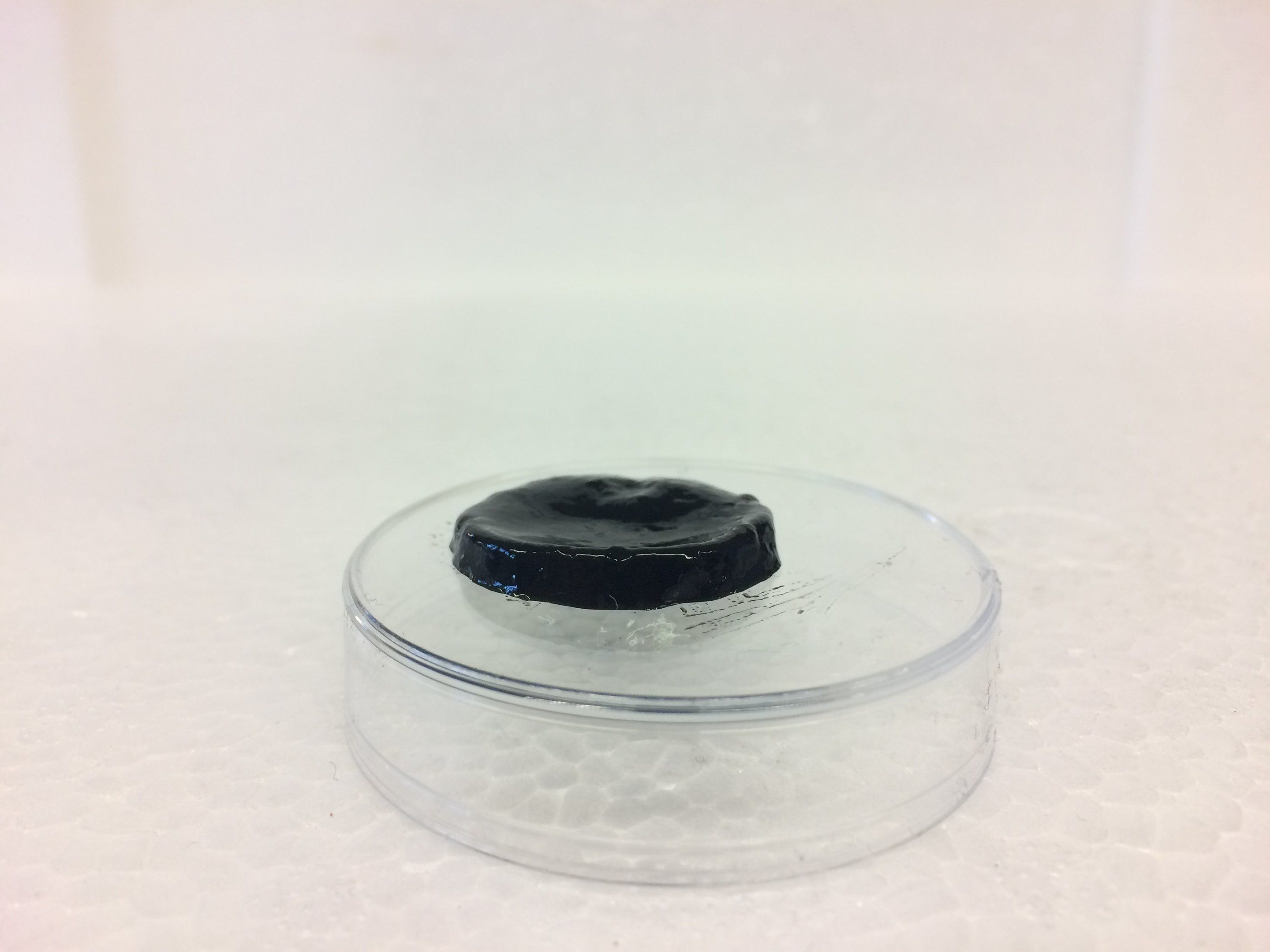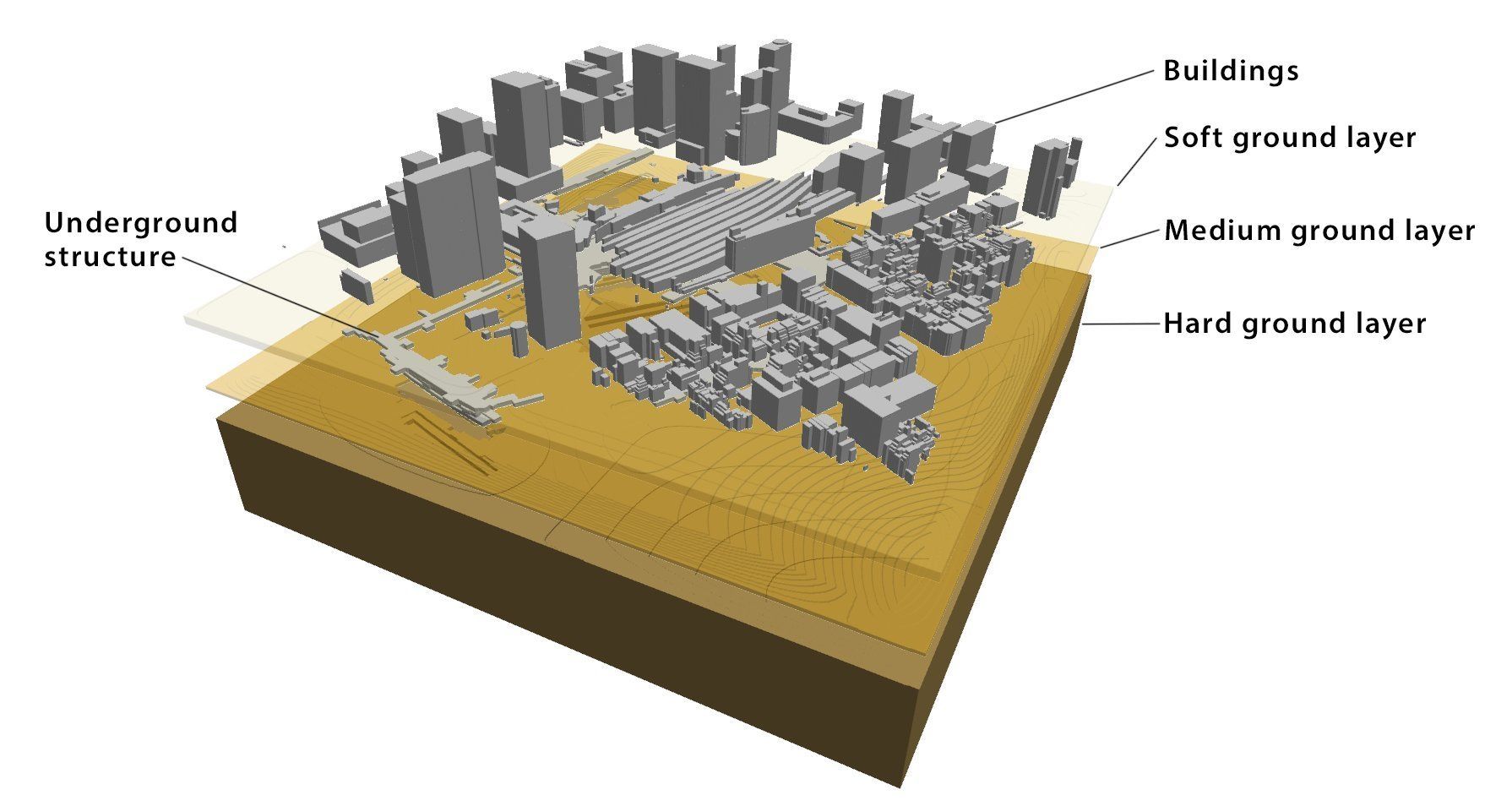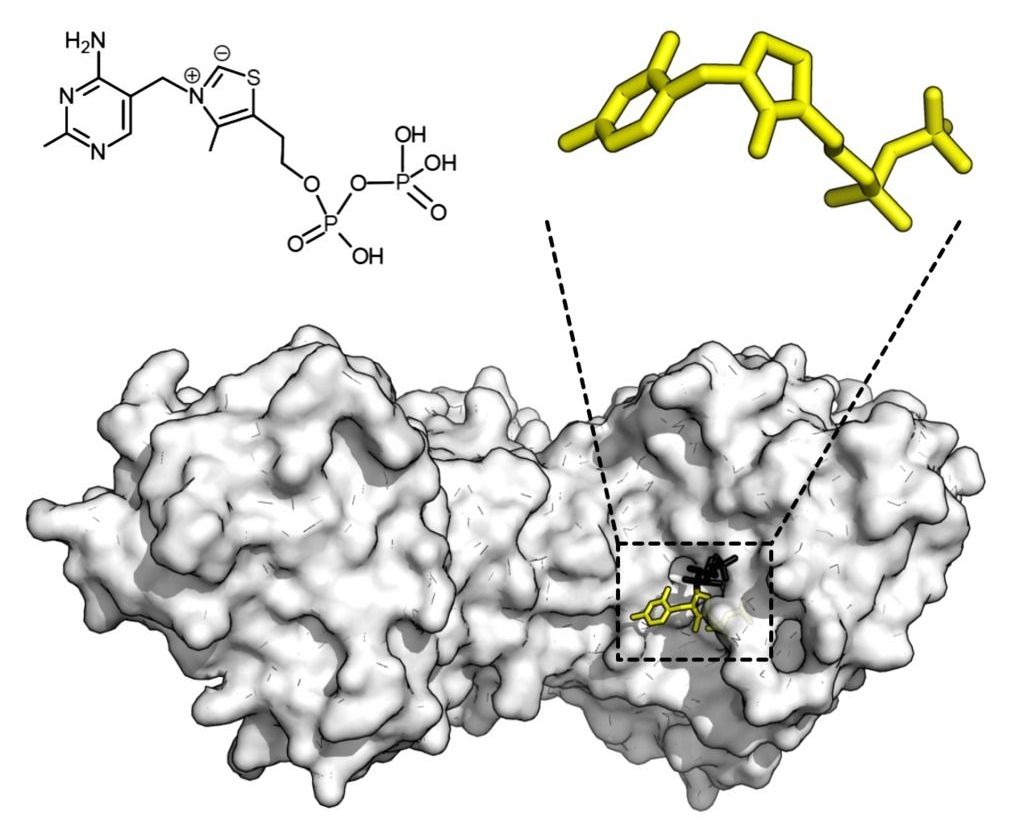Critics say that geoengineering efforts are Band-Aid solutions that treat the symptoms of climate change instead of the cause: global carbon emissions. Jim Thomas, the co-executive director of an environmental advocacy organization called the ETC Group, told Nature that he fears the Harvard project could push the concept of geoengineering into the mainstream.
But advocates say that anything that could buy some extra time in the face of looming climate catastrophe is worth exploring.
“I’m studying a chemical substance,” Harvard researcher Zhen Dai told Nature. “It’s not like it’s a nuclear bomb.”




